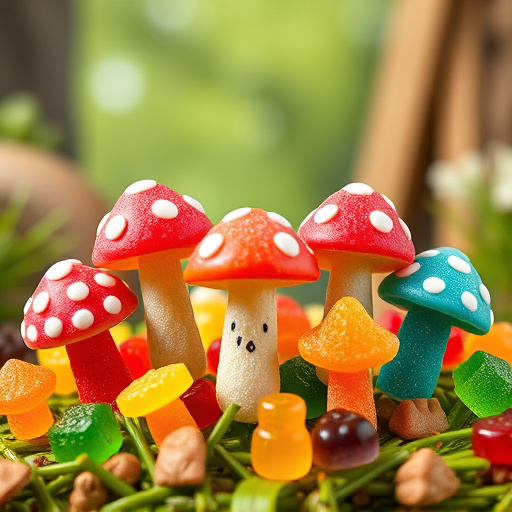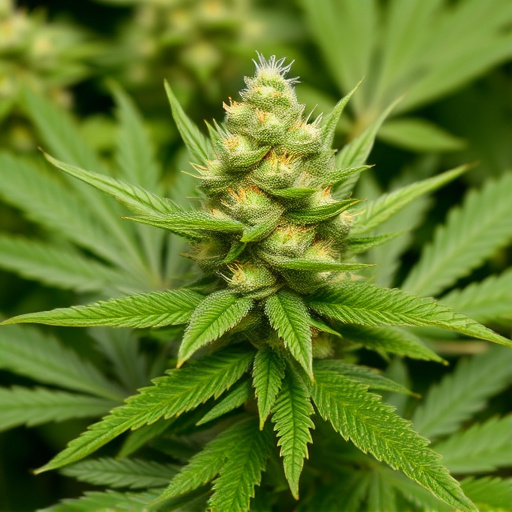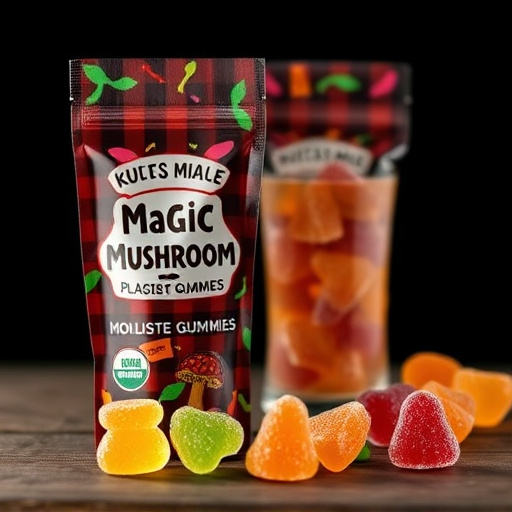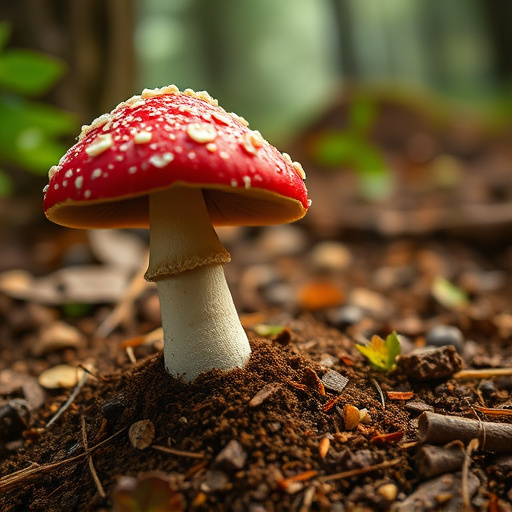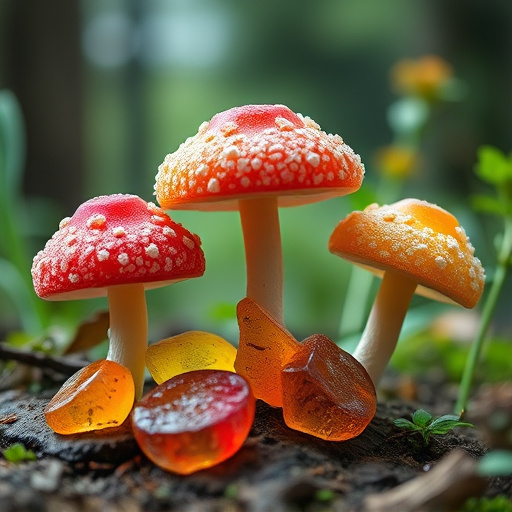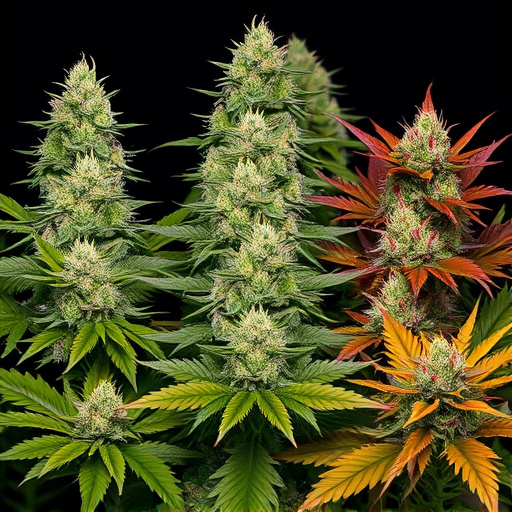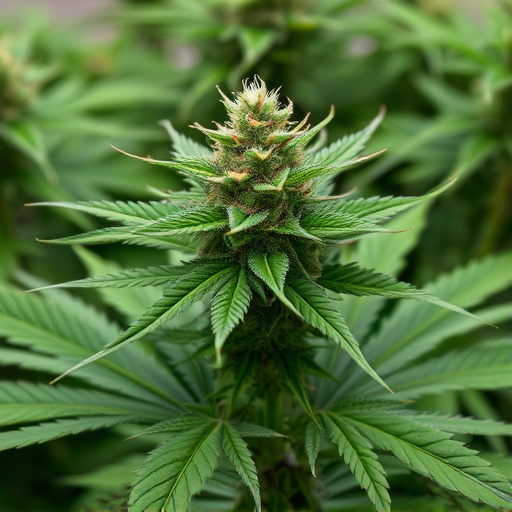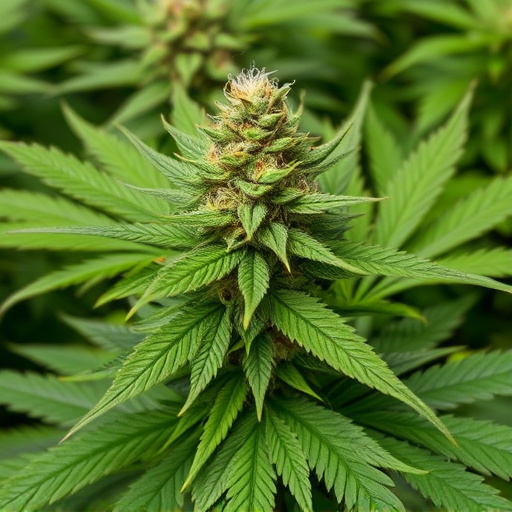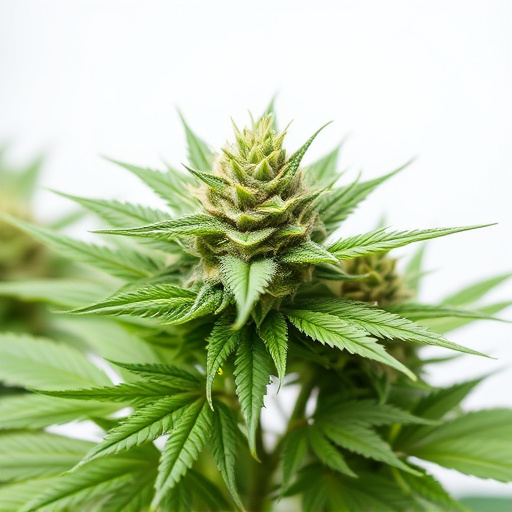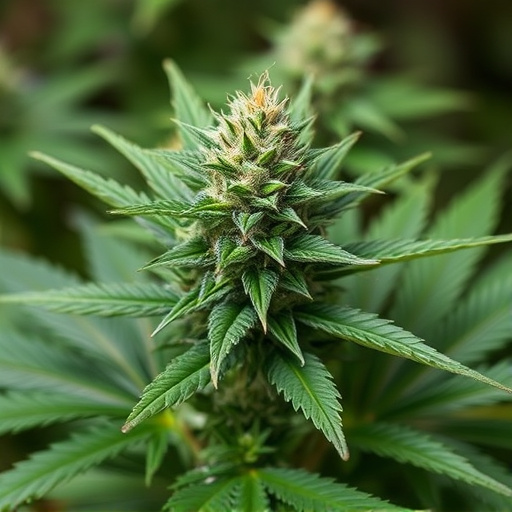Understanding medical marihuana strains is key when preparing edible cannabis products. Strains vary in THC and CBD content, offering distinct effects: euphoria/relaxation vs. potential anti-inflammatory properties without intoxication. Indica is sedating for nighttime, while Sativa is energizing for daytime use. Hybrid strains offer a balance. Terpene profiles further enhance the experience. Incorporating cannabis into cooking involves methods like decarboxylation, grinding with oils, submerging in alcohol, or adding fresh leaves to dishes. Safety and quality should be prioritized using high-quality, tested products from reputable suppliers. Lower THC strains are ideal for culinary use due to milder effects. Proper preparation and testing ensure consistent quality.
Discover the art of infusing cannabis into your favorite foods with our comprehensive guide. Understanding medical marijuana strains is key to creating the perfect edible experience. Learn about various preparation methods and explore tips for ensuring safety and quality. From choosing the right strains for specific effects to mastering infusion techniques, we’ll show you how to craft delicious cannabis-infused dishes that cater to every palate.
- Understanding Medical Marijuana Strains for Edible Preparation
- Effective Methods to Infuse Cannabis into Food
- Ensuring Safety and Quality: Tips for Creating Delicious Cannabis-Infused Dishes
Understanding Medical Marijuana Strains for Edible Preparation
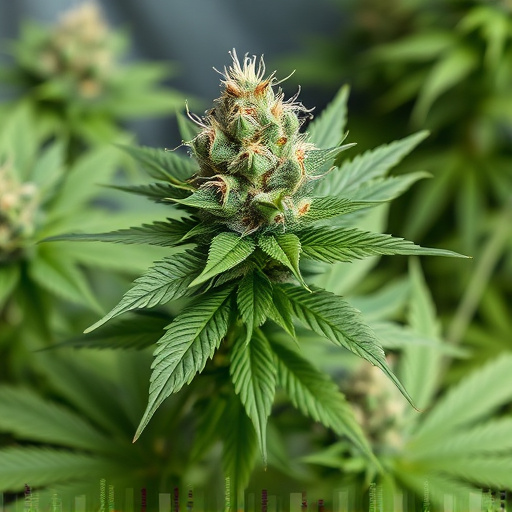
When preparing edible cannabis products, understanding medical marijuana strains is paramount. Different strains offer unique combinations of cannabinoids like THC and CBD, each with distinct effects on the body and mind. For example, high-THC strains can induce euphoria and relaxation, while those with higher CBD content are known for their potential anti-inflammatory and pain-relieving properties without the intoxicating effects.
Knowing the specific traits of various medical marijuana strains allows you to choose the right one for your desired edible application. Indica strains, typically sedating, are popular for nighttime consumption, whereas Sativa varieties, more energizing, might be preferred during the day. Hybrid strains offer a balance between these two, making them versatile choices. Each strain’s terpene profile—the fragrant compounds that enhance cannabis effects—also plays a crucial role in determining the overall experience, adding complexity to the edible preparation process.
Effective Methods to Infuse Cannabis into Food
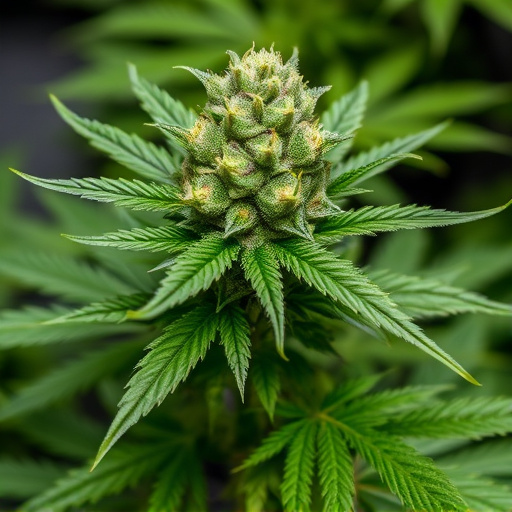
When it comes to infusing cannabis into food, there are several effective methods to achieve a delightful balance of flavor and effect. One popular technique involves using decarboxylated cannabis flowers or buds, which can be ground finely and mixed with oil, butter, or coconut milk. This mixture can then be incorporated into various recipes, such as baked goods, sauces, or even ice cream. The low heat and long cooking time help to activate the cannabinoids, ensuring a consistent and measured dose in each bite.
Another approach is to infuse cannabis through submerging it in high-proof alcohol like ethanol or isopropyl alcohol. This process extracts the cannabinoids into the liquid, creating a concentrated extract that can be used sparingly. Once infused, the alcohol can be evaporated, leaving behind a potent concentrate that can be added to cocktails, desserts, or even coffee. For those seeking a more subtle cannabis flavor, infusing with live cannabis plants during cooking, such as adding fresh leaves or flowers to stir-fries or soups, allows for a milder effect while enhancing the dish’s overall aroma and taste.
Ensuring Safety and Quality: Tips for Creating Delicious Cannabis-Infused Dishes
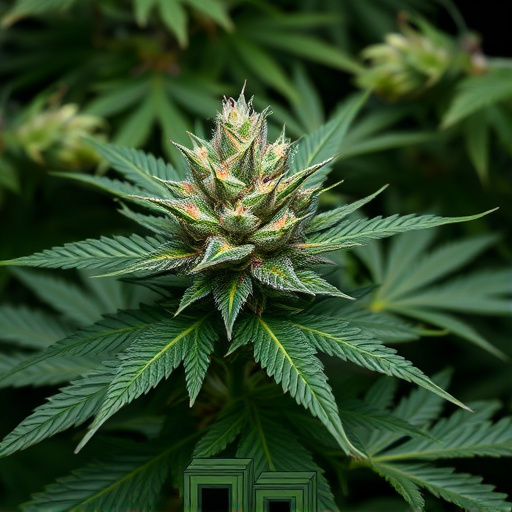
When incorporating cannabis into your cooking, safety and quality should be your top priorities. Start by using high-quality, tested cannabis products to ensure a consistent and safe dose. Opt for reputable suppliers who provide detailed information about their strains, including THC and CBD levels. Medical marihuana strains with lower THC content are often recommended for culinary use due to their milder effects.
Proper preparation is key. Decarboxylation, the process of heating cannabis to activate its compounds, is essential. This can be done by baking at low temperatures or using a decarboxylator. Once activated, carefully measure your cannabis and integrate it into recipes, allowing for adjustments based on taste and desired effects. Regular testing ensures consistent quality, so consider using home testing kits for peace of mind.
Infusing cannabis into food is an art that combines culinary skill with a deep understanding of medical marijuana strains. By employing effective methods and adhering to safety guidelines, you can create delicious and potent dishes that cater to various preferences. Remember, quality ingredients and precise measurements are key to ensuring a safe and enjoyable experience. Whether for medicinal or recreational purposes, exploring the best ways to infuse cannabis into food opens up a world of culinary possibilities.
